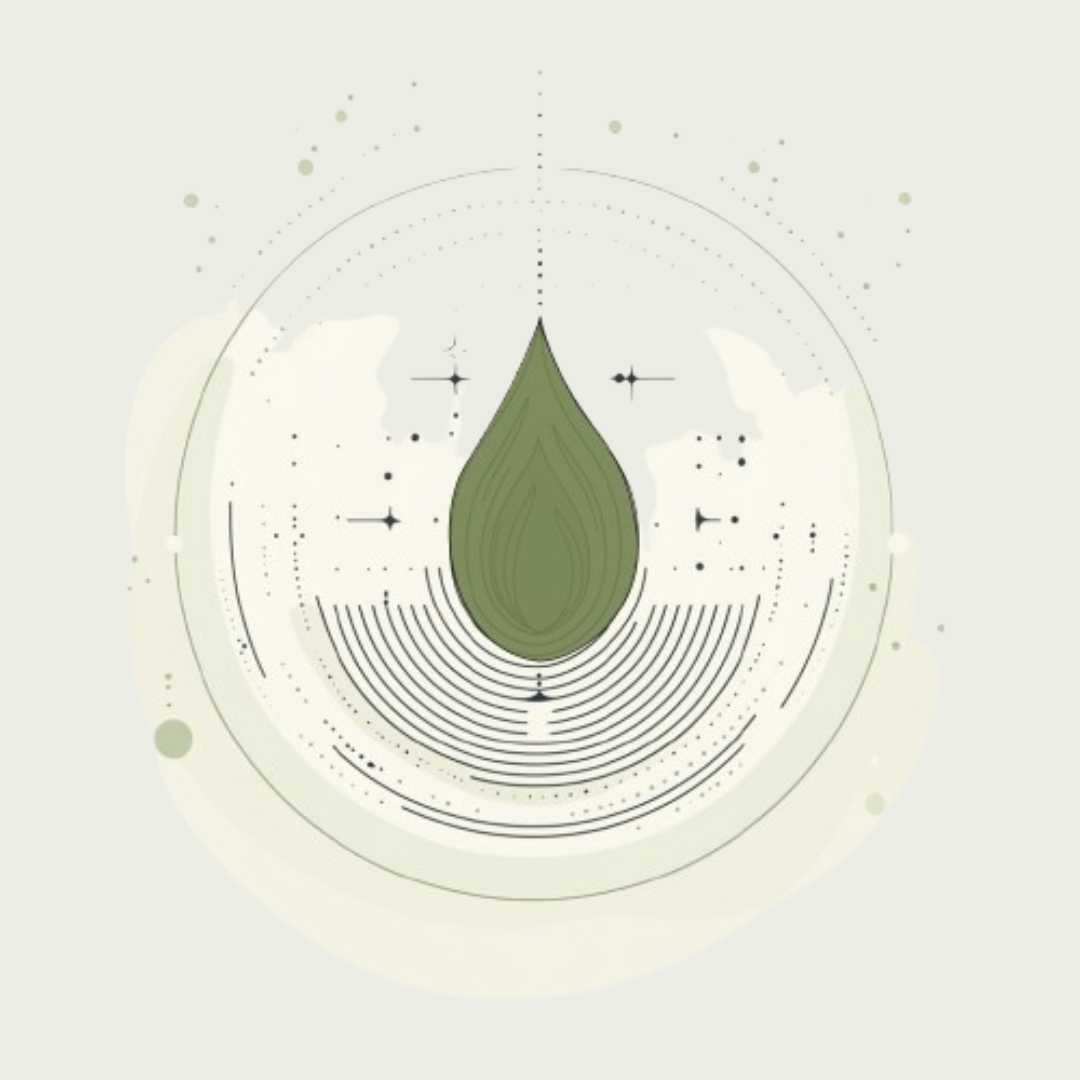Highlights
Anemia is a common condition among people across the world. It happens because of a blood shortage of hemoglobin in the body. Anemia can affect anyone; however, Indian women are the ones who experience it the most often.
When the skin, nails, or eyes have a whitish color, it can be identified as anemia. It is called Pandurog in Ayurveda and can be brought on by a poor diet and blood loss. The best way to treat anemia or minimize its symptoms is with ayurvedic medicine to increase hemoglobin.
The relationship between Anemia and Ayurveda aids in enhancing general health.
Types of Anemia
Iron deficiency Anemia
When the healthy red blood cells in the blood go down, it results in iron deficiency anemia (called Vataja in Ayurveda). The primary oxygen carrier for the body's tissues is red blood cells, and insufficient iron levels cause iron deficiency anemia. Thus, iron deficiency Anemia may make you feel lethargic and breathless. Iron supplements are typically effective in treating iron deficiency anemia. If your doctor thinks you're internally bleeding, additional testing or therapies for iron deficiency anemia may occasionally be required.
Vitamin deficiency Anemia
A lack of healthy red blood cells brought on by low levels of vitamin B-12 and folate is known as vitamin deficiency anemia. This may occur if you don't consume enough food rich in folate and vitamin B-12 or if your body has a problem absorbing or processing these nutrients. The body makes red blood cells that are overly big and don't function correctly without these substances, and they cannot transport oxygen. Dizziness, weakness, and breathing problems are other symptoms. Vitamin injections or pills used as supplements can make up for these shortages.
Sickle cell Anemia
Sickle cell disease, a genetic condition that alters the structure of red blood cells, causes sickle cell anemia. In sickle cell anemia, red blood cells, delivering oxygen to various regions of the body, can be affected. Circular red blood cells can easily flow through blood veins. However, red blood cells with sickle or crescent shapes are characteristic of sickle cell anemia. These sickle cells develop a hard and sticky coating that can hinder or delay blood flow. Most patients with sickle cell anemia are incurable. Treatments can reduce suffering and aid in avoiding disease-related consequences.
Aplastic Anemia
When the body stops making enough new blood cells, aplastic anemia develops. As a result, one may get tired and become vulnerable to infections and bleeding of the condition. Aplastic Anemia, called Sannipataja in Ayurveda, is a rare and dangerous condition that can appear at any age, and it might happen quickly or steadily develop and worsen. It can be both light and heavy. Medications, blood transfusions, and bone marrow transplants are often known as stem cell transplants, and are all treatments for Aplastic Anemia.
Thalassemia
A genetic blood illness called thalassemia makes your body produce less hemoglobin than usual. Hemoglobin facilitates red blood cells to carry oxygen. Anemia brought on by thalassemia can make you feel exhausted. You might not need medication if you have mild thalassemia. However, more severe conditions might need frequent blood transfusions. You can deal with exhaustion by following a nutritious diet and regular exercise.
Symptoms of Anemia
You might not even be aware that you have anemia because the low hemoglobin symptoms may be so mild. As your blood cells disappear, symptoms frequently develop. The following low red blood cell count symptoms may be present, depending on the cause of the anemia:
- Feeling lightheaded, woozy, or like you're going to pass out
- Unusual or rapid heartbeat
- Headache
- Pain in your bones, chest, belly, and joints
- Issues with growth in kids and teenagers
- Breathing difficulties
- Pale or yellow skin
- Chilly fingers and toes
- Weakness or fatigue
Causes of Anemia
Congenital anemia is a disorder that exists from birth, while acquired anemia is a condition you develop.
Some of the low hemoglobin causes are:
- Your body produces not enough red blood cells.
- Red blood cells are lost after bleeding more quickly than they can be replenished.
- The body destroys red blood cells.
Ayurveda for Hemoglobin
According to Ayurveda, vikirita pitta, or pitta (the fire element), flowing incorrectly, is the source of nutrient deficits. So, rather than a clear food deficiency, the problem with the body's fire element causes anemia. These factors are to blame for this condition:
- Excessive eating of things that are sour and salty
- Excessive physical effort
You will need to do more than eat food high in iron or vitamin B12 to address these causes. The following are some natural remedies for anemia:
Moringa leaves
Iron, vitamins A, C, and magnesium are all abundant in moringa leaves. This remarkable leaf provides 28mg more iron per serving than spinach does. Moringa leaves are frequently added and are known to increase hemoglobin levels and red blood cell counts.
Beets
Beets are rich in iron, copper, phosphorus, magnesium, and vitamins B1, B2, B6, B12, and C. The abundance of minerals in beets helps to increase hemoglobin levels and stimulate the body's creation of red blood cells. All you have to do is to add one cup of finely diced beetroot to a blender and blend until smooth. Strain the juice, add one teaspoon of lemon juice, and drink this delicious juice every morning. Lemon juice increases the amount of vitamin C and improves iron absorption.
Dates and Raisins
A combination of these excellent dry fruits is rich in iron, magnesium, copper, and vitamins A and C. Include these dry fruits in your meal plan to strengthen the immune system and encourage iron absorption. Take three to five dates and a spoonful of raisins as a snack or with breakfast for quick energy and increased iron levels every day.
Sesame seeds
Sesame seeds are rich in vitamin B6, folate, and E, as well as iron, copper, zinc, and selenium. Regularly adding black sesame seeds has been proven to increase hemoglobin levels and facilitate iron absorption. Take around one tablespoon of black sesame seeds dry roast, combine with a teaspoon of honey, and form into a ball.
Ayurvedic Medicine for Hemoglobin
Iron deficiency can affect both men and women; however, it is more common for women to have low hemoglobin in pregnancy. The likelihood of experiencing issues that damage the heart and lungs increases if anemia is not addressed.
According to Ayurveda, Pitta is primarily imbalanced in anemia. For the most efficient herbal treatment combination for many Anemia, Kerala Ayurveda offers remedies like Iogen and Draksharishta. These Kerala Ayurveda herbal treatments are natural, clean, safe to use, and have no adverse side effects because they are free of chemicals and additives.
Iogen Syrup
Iogen Syrup is a combination of organically processed iron and necessary herbs that effectively treat anaemia and iron deficiency. Iogen syrup treats anemia by boosting blood hemoglobin levels and restoring normal appetite.
Along with offering nutritional advantages, this herbal product, which contains natural berry extracts, makes it easier to digest and absorb nutrients. Iogen syrup has no metallic taste or effects on bowel movements, in contrast to other iron supplements.
Draksharishta
Draksharishta is a hemoglobin ayurvedic medicine that aids in blood purification. One substance used to produce this remedy is grapes or draksha, and herbs are fermented to create Arishtam. Most doctors advise taking this ayurvedic blood purifier to purify the blood and enhance health.
This ayurvedic medicine can aid in the body's removal of toxins or ama. Both health and the Agni benefit from it. It not only helps to purify the blood but also strengthens the immune system. It is a carminative syrup that helps to promote digestion and relieve the symptoms of gas.
Conclusion
- When you have anemia, your body doesn't produce sufficient healthy red blood cells to supply your tissues with enough oxygen.
- Being anemic, or having low hemoglobin, can make you feel exhausted and fragile. Anemia can have many types, each with a unique cause.
- There are majorly five types of Anemia – Iron Deficiency Anemia, Vitamin Deficiency Anemia, Sickle Cell Anemia, Aplastic Anemia, and Thalassemia.
- The most noticeable anemia symptom is fatigue or feeling too exhausted to perform your tasks. Other symptoms could be a headache, pale skin, dizziness, or difficulty in breathing.
- Some types of anemia might be inherited, while specific chronic illnesses can bring others on. However, the most prevalent type of anemia, iron-deficiency anemia, is brought on by a poor diet.
- The Ayurvedic term for Anemia is PANDU. It hinders the body's Agni, impairing immunity and increasing the risk of casualties, particularly during the trying times of pregnancy, motherhood, and injury recovery. Ayurveda provides safe, natural, and herbal remedies for curing anemia.




